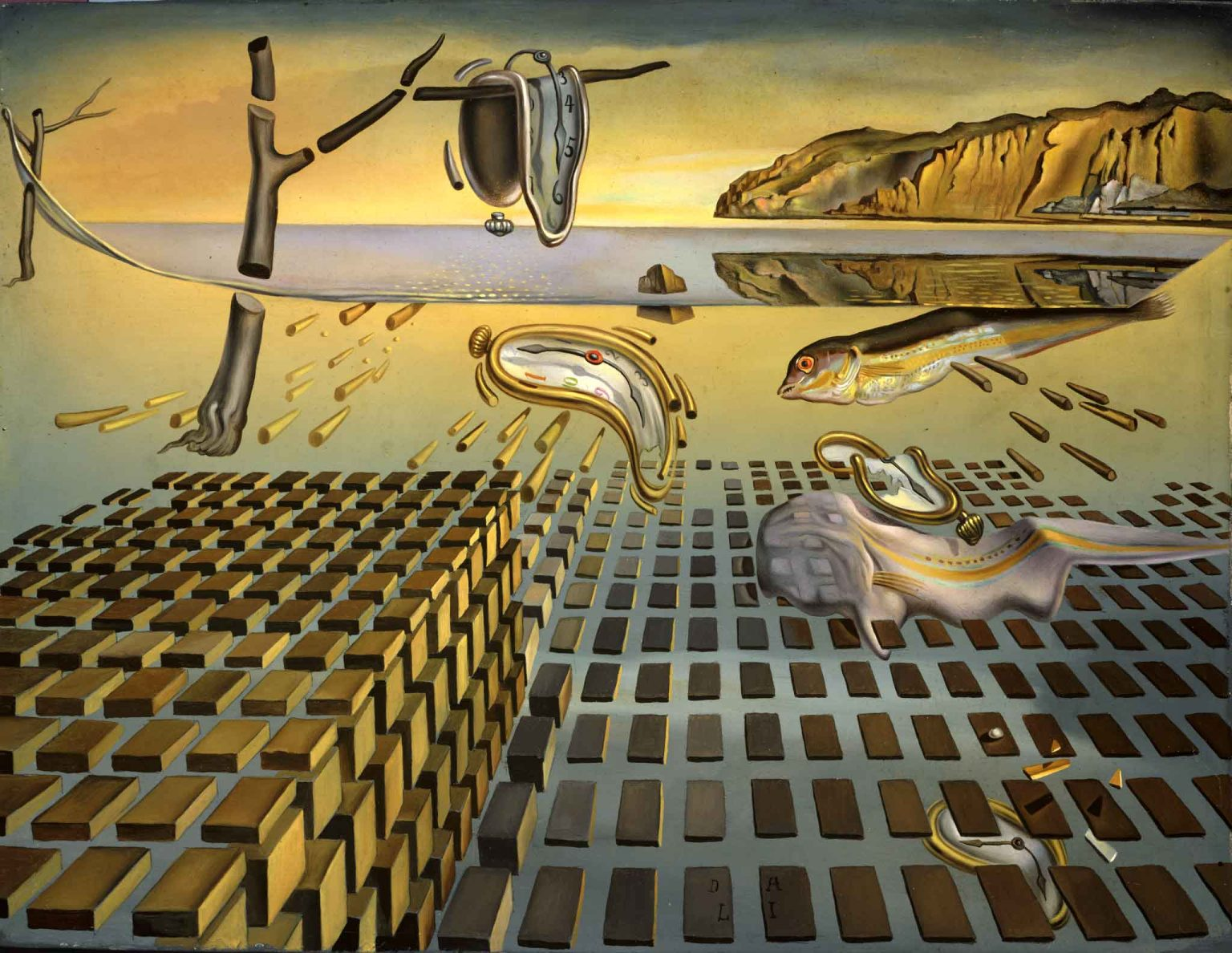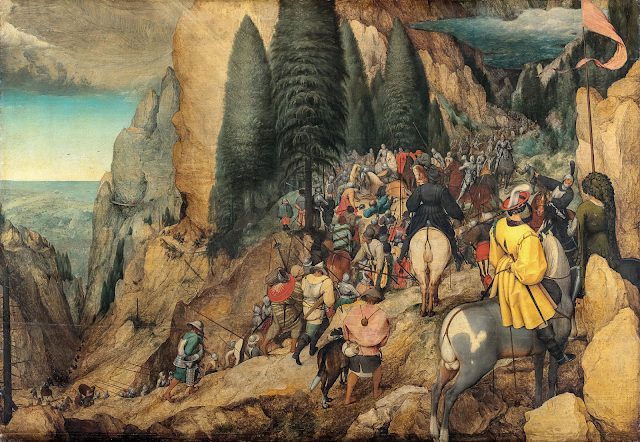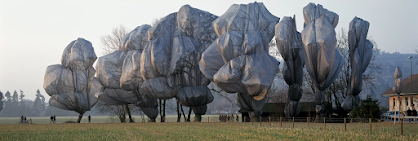Art Elements Analysis
In this post, I'll be analyzing the elements of art found in Salvadore Dali's painting The Disintegration of the Persistence of Memory.
About the Painting
The Disintegration of the Persistence of Memory, by Spanish artist Salvadore Dali, was begun in 1952 and completed in 1954. It is an oil painting on canvas only ten inches tall and thirteen inches wide. The location of the painting when it was created is not stated, however, Dali spent most of his time in Spain, Paris, and New York City, so it is probable that it was painted in one of these locations. It is currently on display at The Dali Art Museum in St. Petersburg, Florida. This painting is a work of Surrealism, an art style that blends the realms of reality and imagination. To me, this art style is extremely weird, but intriguing. It is a sequel to Dali's more popular painting The Persistence of Memory. Dali created this painting in response to the scientific developments of the atomic bomb. Based on this fact, I interpret this painting as depicting the decay of the natural world as a result of this discovery. The painting has an eerie feeling of quiet and isolation, despite the crowded and fluid nature of the central objects in the painting.
Shape
There are several different types of shape found in this painting. When I look at it, my attention is first drawn to the rectangular geometric shapes in the foreground. These shapes give the work perspective. The arrangement of the rectangles in evenly spaced rows give the bottom half of this painting a feeling of structure and stability, which sharply contrasts with the free-flowing curves and random objects in the upper half of the painting. The trees, clocks, fish, and mountains are examples of organic shapes. Their fluidity creates a visually appealing contrast to the rectangles below. The oval shapes of the clocks and the positioning of the fish's head below the rest of its body creates the impression that these objects are moving downward, deeper into the water below.
Color
The three predominant colors in this painting are blue, brown, and yellow-orange. Pale, warm colors are used to create a sunset or sunrise that is reflected in the water. In many paintings I have seen, a sunrise or sunset creates a feeling of calm and peace. Here, however, it seems to create a feeling of quiet anxiety or anticipation. The rigidity of the rectangles below is reinforced by the dark brown color Dali used to paint them. This adds to the contrast between the bottom and top portions of the painting. The dark colors used at the bottom stand out against the soft, pale shades at the top. This helps to catch the viewer's attention before directing it up towards the lighter half of the painting. The blue of the water can be seen in the gaps between the rectangles, giving the entire painting cohesiveness, despite its contrasting elements.
Pattern
Pattern as repetition is used repeatedly throughout the painting. The repeating brick-shaped rectangles arranged in a grid pattern create a feeling of order and uniformity. The pattern also grows progressively smaller and closer together, creating distance and drawing the eye up the canvas. Several other objects are also repeated in the painting, including the trees, the clocks, and the fish. There are four misshapen clocks, each one located below and to the right of the previous one. This gives the impression that these all represent the same clock, and it is sinking into the water. Upon inspecting the slightly transparent blob on the right-hand side of the painting, you will notice yellow and blue lines across its length that match those found on the fish above it. I believe that this blob is the same fish as the one above. This repetition shows that the fish has decayed and sunk deeper into the water.
Presentation and Placement
Although the work of art contains some elements of nature, such as a fish, mountains, and trees, the environment surrounding these objects does not have a very natural feel. Therefore, I believe that this work would be out of place in an area surrounded by nature or organic-looking textures and colors. I think this painting would look best in a man-made environment surrounded by abstract and geometric shapes. Hanging the work in a large, empty space might magnify the feeling of silence and isolation this painting creates.
Works Cited
“The Disintegration of the Persistence of Memory, 1954 by Salvador Dali.” Dali Paintings, https://www.dalipaintings.com/the-disintegration-of-the-persistence-of-memory.jsp. Accessed 3 Feb. 2024.
“Disintegration of the Persistence of Memory.” Salvadore Dali Prints, 2020, https://salvadordaliprints.org/disintegration-of-the-persistence-of-memory/. Accessed 3 Feb. 2024.
Dotson, Sarah. “Understanding ‘The Persistence of Memory,’ Salvador Dalí’s Surrealist Masterpiece.” Artsy, 4 Aug. 2020, https://www.artsy.net/article/artsy-editorial-understanding-the-persistence-memory-salvador-dalis-surrealist-masterpiece. Accessed 3 Feb. 2024.
“Permanent Collection.” Salvador Dalí Museum, 14 Nov. 2023, https://thedali.org/permanent-collection-2/. Accessed 3 Feb. 2024.



Perhaps instead of a sunset on the horizon, the colors are implying that an atomic bomb was detonated there. Given that detonating an atomic bomb is often called "dropping the sun" and the context behind the paintings creation, I think it's a reasonable assumption.
ReplyDelete